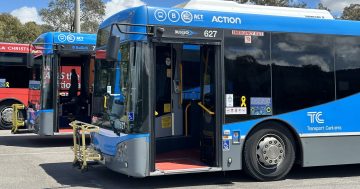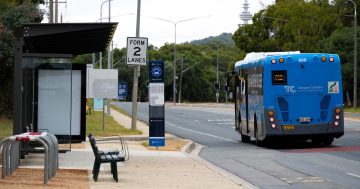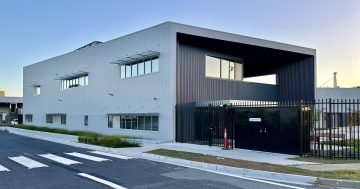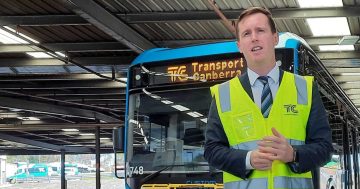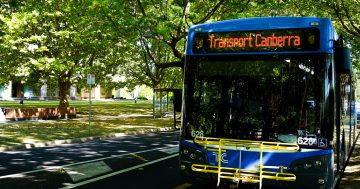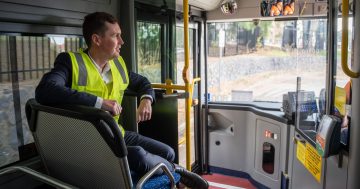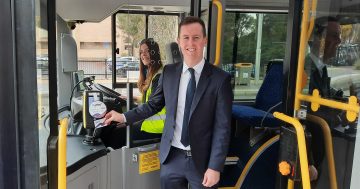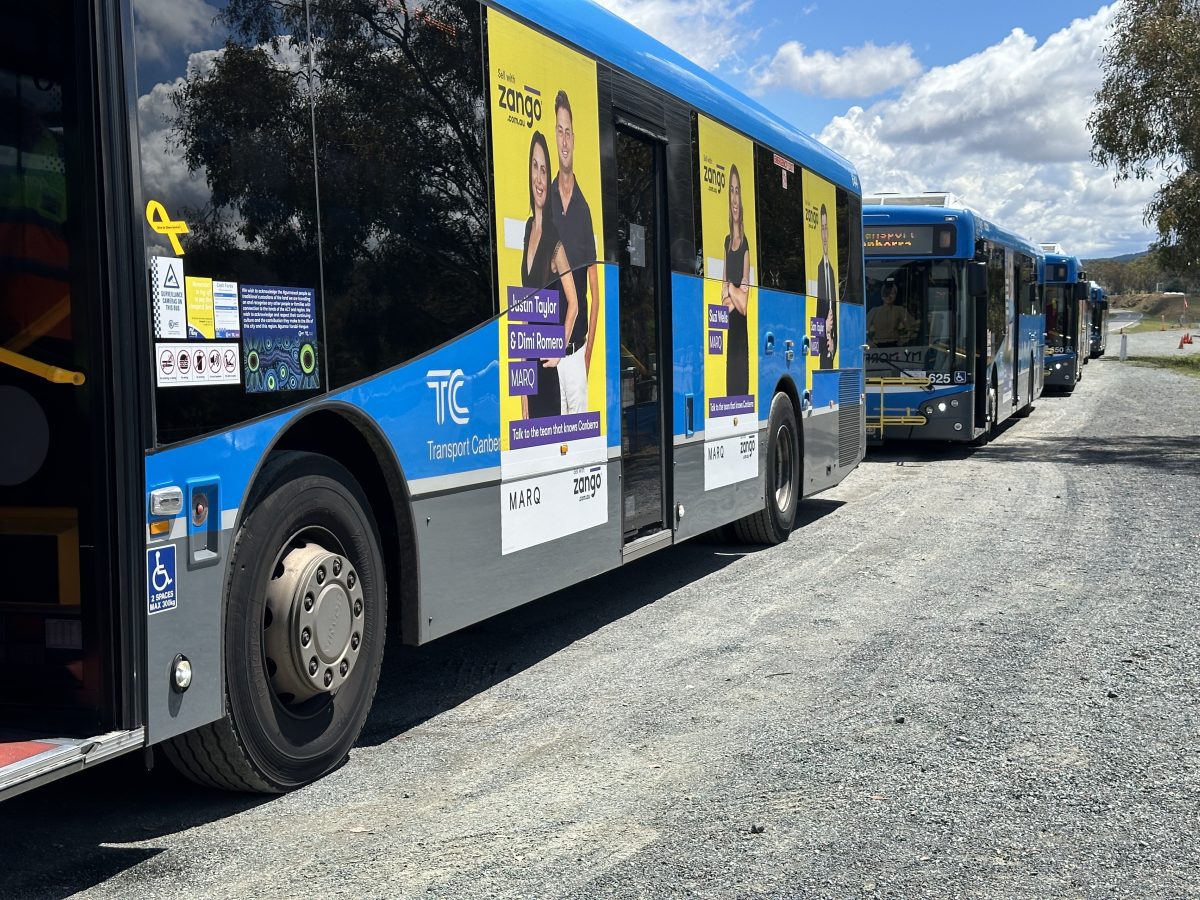
A group of Canberra researchers have studied the benefits and drawbacks of a fixed timetable in Belconnen. Photo: James Coleman.
Navigating fixed bus timetables is a daily occurrence for many, but some Canberra researchers have been looking into an alternative system.
Senior lecturer in the School of Engineering and Technology at UNSW Canberra Dr Milad Ghasri was one of three academics involved in a recent study examining how a flexible public transport system would work in suburban Canberra compared to the existing system.
“This study is more of a methodological study,” Dr Ghasri said.
“One of the novelties of our study is proposing a new solution method [for coming up with the best route] which is more efficient than the existing ones.
“Our method can consider multiple factors, whereas previous methods can only optimise for one thing at a time.
“We needed to test if this method actually works.”
The on-demand public transport system wouldn’t have a fixed timetable. Instead, users could lodge service requests, which would work alongside the rapid buses.
“What we assumed is that passengers would make a request eight hours in advance, and they would specify their origin and their destination and what time they want to be picked up or dropped off,” he said.
In their analysis, the researchers used a 12-seater vehicle.
The three academics began their study close to home – the district of Belconnen.
“We decided to work in Canberra because we’re familiar with the environment, specifically Belconnen, because the three of us live there,” Dr Ghasri said.
“We’re quite familiar with the neighbourhood and the environment, making it easier to interpret the findings and get our head around anything we observe.”
Using MyWay card data for bus trips taken on 6 March 2021 – the busiest weekend day of the busiest month between August 2020 and July 2021 – they simulated an on-demand bus system that replaced local bus lines.
“We used the data to get a picture of current trips, and then we created a list of requests for an on-demand service based on those,” he said.
“The reason [for choosing that time period] was we knew from the literature that on-demand services are going to be more beneficial for low-demand scenarios, so we wanted to see how it performs against the current public transport system.”
In the best-case scenario, they found that replacing the Belconnen buses could reduce the average travel time from around 12 minutes down to as low as 7.5 minutes and reduce operational costs from $10,377 to $4036.
The study found the average operational cost for transporting a passenger comes out at between $50 and $105, depending on the time of day, while a flexible timetable operating at best operational cost would cost from $5 to $24.*
The researchers also looked at how their results would change if different elements were prioritised over others, such as travel time, operational costs, impacts on the environment and bus delays.
For example, there would be a drop of approximately 2330 km in the distance travelled when the focus is on reducing the impact on the environment, while a focus on minimising travel time would see an increase of nearly 2000 km travelled over the current system.
The study found that the on-demand system would also need between 11 and 32 12-seater vehicles to transport the same number of passengers as the current network with 11 buses.
However, the researchers aren’t calling for Canberra’s current fixed timetable to be removed.
“What we are suggesting is that there is a potential opportunity of using on-demand services as a complimentary component of the public transport system,” Dr Ghasri said.
“The case study of Canberra only demonstrates that in some cases, [on-demand systems] can perform much better than existing public transport lines.
“That does not mean we should ditch them.”
Dr Ghasri said while an on-demand bus might sound nice, switching over would not suit the entire Canberra public transport network.
“One of the drawbacks that on-demand services have is that it’s not practical to run it for a region as large as the entirety of Canberra,” he said.
“Every time we want to run an on-demand service, we need to solve an optimisation model, which is a complicated mathematical process, and it’s a time-consuming process.
“Our model is not an exception to that.”
Transport Canberra currently operates the Flexible Bus Service, which operates across five zones, to transport people from home to community locations such as hospitals, shopping centres and medical centres.
The study was published in the peer-reviewed journal Transport Research.
*Dr Ghasri said researchers had updated their estimates of bus operating costs to approximately $13 during the morning hours (6 am to 12 pm), $14 during the afternoon hours (12 pm to 6 pm) and over $108 during the evening hours (6 pm to 12 am).












